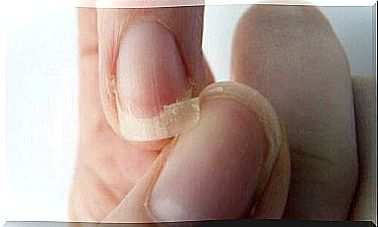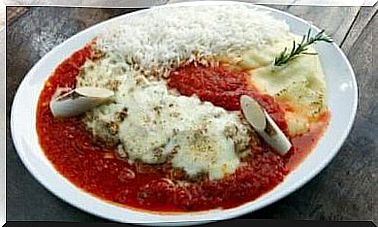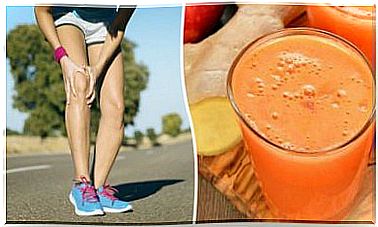Solar Dehydrator For Food Products
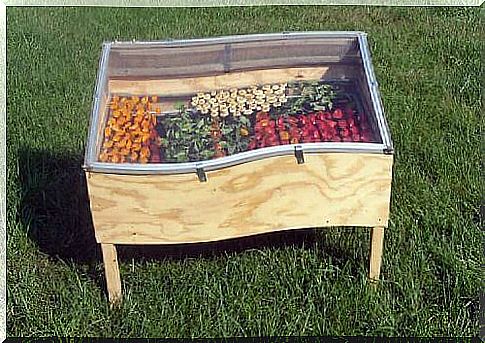
Do you want to start saving your food or ensure a longer shelf life? If your answer is yes, you might consider using appliances such as a dehydrator or a food dryer.
But you don’t necessarily have to spend money right away on a new gadget. You can make the aforementioned dehydrator yourself and dry your food thanks to solar energy.
Food dehydration is a process that eliminates all traces of moisture in order to preserve the food. In this way, such products remain fit for consumption longer and do not have to be consumed immediately after purchase or preparation.
Do your foods spoil too often or are they expiring? If so, it is worth considering methods to reduce such losses and thus save money.
When we’re in the supermarket, we’re usually busy thinking about what’s still missing at home. So, as a rule, we do not even consider the possibility that we will not eat everything we are just pushing in front of us in the basket before the expiry date. What’s more, we often do not pay attention to the dates on the packaging.
This is why you should make a food dehydrator for your personal use. By removing some of the water in your food, you can keep it longer. And without the use of any artificial preservative.
What do I need a dehydrator for?
It’s no secret that we live in a time when natural products are at the top and where people are increasingly committed to following a balanced and well-balanced diet. We all want to take advantage of the many benefits that healthy, natural food can offer us.
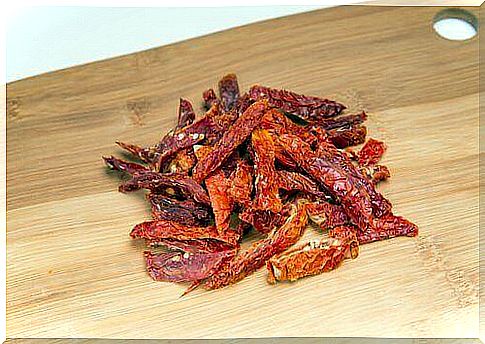
From the vitamins and minerals found in fruits to the proteins found in abundance in vegetables and meat.
But is eating dehydrated (dehydrated) foods good, healthy, and recommended?
In addition, the dehydration process does not change the iron and protein content of food products. Dried (or more precisely dehydrated) food provides twice as much energy as its fresh counterparts, which makes treated foods a popular option for snacking between meals.
You’ve certainly eaten apple and tomato chips many times before, haven’t you?
In addition, these types of food products have valuable properties that facilitate the functioning of the digestive system and help you lose excess kilograms.
Other reasons to make your own food dehydrator
Once you start using such a dehydrator (also known as a dehydrator), you will no longer have to rely on a refrigerator or freezer. As a result, the treated food products will be perfectly suitable for storage in a traditional pantry and at the same time will retain their natural nutritional properties.
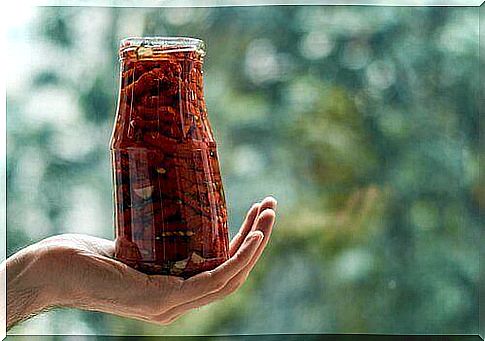
Dehydrated foods are a substitute for sweets and are low in fat because they do not undergo industrial processing. In the rest of our today’s article, we will present you great, dried additives for various dishes – so read on!
How to create your own solar steam trap?
To make your own food dehydrator in the comfort of your home, you won’t need any special equipment, nor will you have to follow very complicated procedures. You will only need basic tools and utensils that you probably already have at home or in your garage.
Necessary tools and accessories:
- Gauze.
- Staples.
- The hinges.
- Wood drill bit (and drill)
- Bolts.
- Core drill bit (hole saw).
- Wooden chest.
- 4 wooden blocks.
- Different sizes of drill bits and screwdrivers.
- 8 sheets of plywood.
- Transparent plastic film.
- Black garbage bag.
Procedure for the construction of the dehumidifier:
- The first step to get started is to make a dozen or so small holes right through the sides of the wooden crate using a drill and drill. Make these holes about the center of each side.
- Then cover the holes with a wire mesh and fix it in this place with staples.
- Line the bottom of the crate with a black garbage bag. Make sure it will not be torn and that the bottom of the crate is completely covered.
- Place four wooden blocks on the short sides, one in each corner, to create an extra raised shelf.
- Then make a plywood board with dimensions identical to the external outline of the box. Prepare the drill and secure the corners of the board. It will act as a closing flap for your steam trap. You can also make a wooden frame instead of a full plate, so you can observe the drying process.
- The next step is to cover the hob with plastic wrap and fix it with staples to make sure it stays in place and won’t slip off the hob.
- It is also important that there are no additional openings in the steam trap as this could result in undesirable heat leakage.
- On each corner of one of the long sides, attach the hinges with screws to create a hatch that will open and close the box.
- Then make a plywood frame a few centimeters smaller than the inside of the crate. This frame will be put on four wooden blocks and its role will be to act as an internal shelf.
- To complete the entire steam trap, cover the inner frame with wire mesh and secure it with staples on the sides.
How should the solar water trap be used for food
To get the best results that a steam trap designed in this way, you must observe the movement of the sun across the sky (yes, we know that it is actually different, but this is just a mental shortcut) and change the position of the trap so that sunlight comes through the holes. on the side of the box.
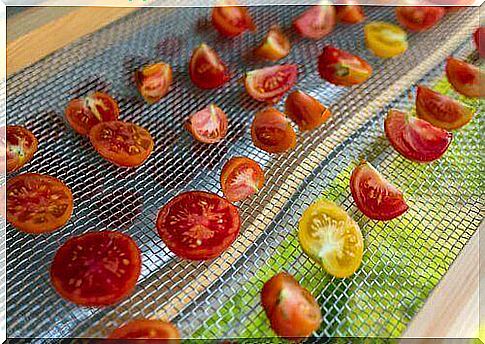
Recommended applications of such a device
- Select the foods you want to dehydrate. However, avoid those foods that are already very ripe.
- Wash selected products.
- Cut them into strips, pieces or small cubes to speed up the drying process.
- Evenly distribute the products on the wire mesh to ensure even drying.
- After some time has passed, check and if necessary remove those pieces of food that are not drying too well so that they do not adversely affect the rest.
- When everything is dry, store the products obtained in a dry place so that they do not come into contact with moisture.
- Record the date of the drying process. If you don’t eat all of your foods in a year, simply throw them away after that.
That’s it. Are you ready to try your new solar steam trap?

